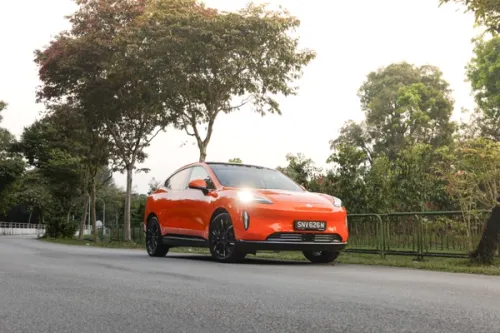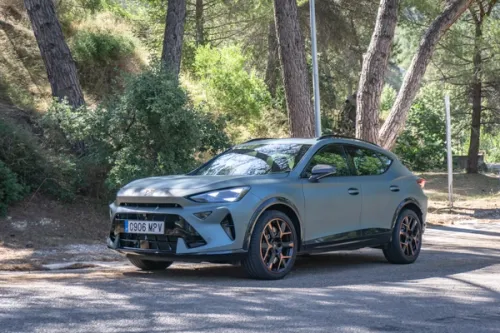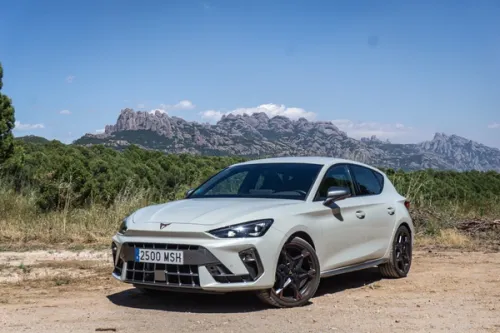Gas it up...
Always had some unanswered questions about CNG? Well, we give you some facts that you should know about 'em...

Depending on the car's model, the conversion process cost from $3,500 to $5,000, as cars with more cylinders require a more tedious process. As of February 2009, industry leader C. Melchers's CNG workshop set a record by converting the first 8-cylinder engine car, a 4.7 litre V8 Jeep Commander, in Singapore.
Other than the cost of converting, let's take a look at the tax structure system.
Drivers of CNG cars are entitled to an ARF rebate of 40% of the OMV during vehicle registration. Unfortunately, the rebate is not applicable to aftermarket NGV. However, drivers of NGV are exempted from special tax until 31st December 2011. This special tax is originally imposed in lieu of fuel duty to narrow the difference in the cost of fuel consumption between petrol and non-petrol cars (unlike petrol, there is no CNG duty).
The costs of driving will be significantly lower as compared to petrol engined cars. Currently, CNG prices are about 30% cheaper than petrol prices.

Contrary to popular belief, after converting your machine to run on CNG, it is still viable for the car to run on petrol. All NGV are bivalent, meaning they can run on either petrol or CNG with a switch of a button on the dashboard. The eco-conscious crowd will be pleased to hear that CNG burns cleaner than petrol and reduces emission of carbon monoxide, carbon dioxide and reactive hydrocarbons.
Well, I do not want to be accused of painting a rosy picture here. There are definitely some disadvantages in driving on CNG - expect to experience a 5 to 10% loss of engine power when running on CNG. The actual amount of power loss will depend on how well your vehicle can handle the bi-fuel engine.
Plus the humongous cylinder tank at the back will kill whatever boot space you have - bad news for frequent travelers looking to accommodate that excess luggage. Also, the conversion process will void any warranty that is still current for the car.
But the saddest truth for NGV owners is that there are currently only three outlets to refill their CNG tank (located at Jurong Island, Jalan Buroh and Mandai Link). Travelling time, long waits to refill the gas, and the hassle of being able to travel only half the distance on a full tank of CNG as compared to petrol are factors that can put off even the most enthusiastic CNG fans.
After the conversion of your car to CNG, you are required to apply for a change in vehicle particulars through VITAS. You will be given the in-principal letter of approval which is needed when you send your car to VICOM/STA for inspection. Next, proceed to LTA with the inspection note and in-principal letter of approval to have the conversion registered in the vehicle log card. Lastly, you should also inform your insurance of the CNG conversion.
I hope you are enlightened on what encompasses around being a CNG-ready car owner.
Credits: Story by Peng Ming, pictures courtesy of Oneshift.com archive


Get the Best Price for your used car
from 500+ dealers in 24 hours

- Convenient and Hassle-Free
- Consumer Protection
Transparent Process
With No Obligation








